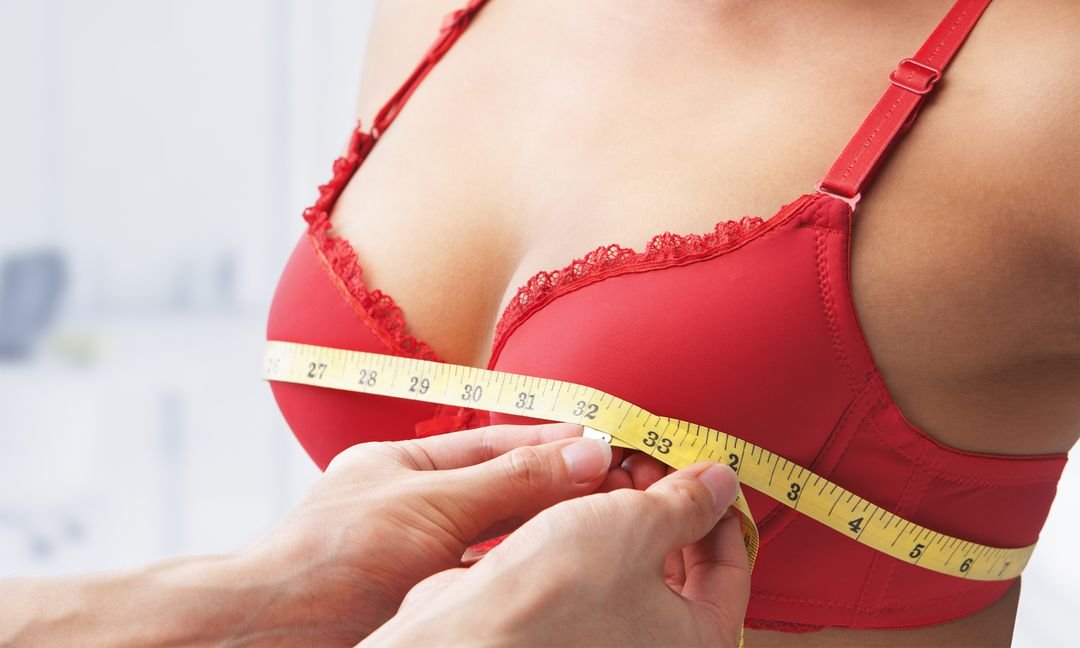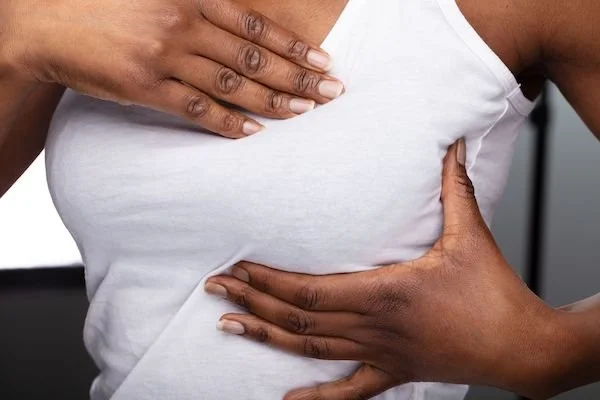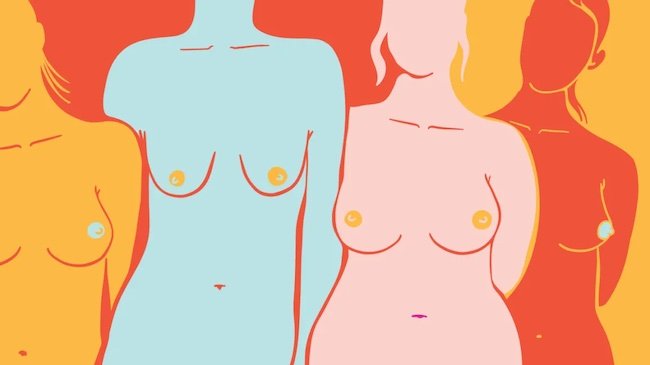Why Do Boobs Come In Different Sizes and Shapes?
In this quirky and informative article, we explore the fascinating world of boob shapes and sizes. Why are some breasts small, while others are large? Is it purely genetic or does it have to do with lifestyle? Do women in certain parts of the world have larger breasts than average, while others in different countries have smaller sizes? We'll delve into these questions and more as we uncover the intimate secrets of breasts in this open and informative journey.
The Science Behind Size and Shape
The size and shape of a woman's breasts are primarily determined by genetics, which influence factors such as the amount of fatty and glandular tissue, as well as the size and elasticity of the Cooper's ligaments. Hormones also play a significant role in breast development, with estrogen being the key player in determining the overall size and shape of breasts during puberty.
Lifestyle choices can also impact breast size and shape. Factors such as weight gain or loss, exercise, and diet can all have an effect on the amount of fatty tissue in the breasts, resulting in changes to their size and firmness. For some women, going up or down 20 pounds can make them go up or down a whole cup size; for others, it’s more like 50 pounds. And going up and down in weight can also have an effect. Each time a woman gains weight or loses weight the skin around her breast tissue loses more of its elasticity, reducing its ability to contract to the new shape of her breasts.
Global Boob Geography
While genetics and hormones are the main drivers of breast size, it's interesting to note that there are regional trends in breast size as well. Some studies have suggested that women in certain countries or regions tend to have larger or smaller breasts on average. For example, North American and European women tend to have larger breast sizes on average, while women in Asian and African countries tend to have smaller sizes. This can be attributed to a combination of genetics, diet, and lifestyle factors that vary across populations.
The Aging Process and Boobs
As women age, their breasts naturally undergo changes in size and shape. Factors such as gravity, hormonal fluctuations, and the natural aging process can cause the Cooper's ligaments to lose elasticity, leading to sagging. In addition, weight gain or loss can also contribute to changes in breast shape and size over time.
Breastfeeding and Boob Size
Breastfeeding mothers often experience an increase in breast size due to the production of milk. The mammary glands fill with milk, causing the breasts to become larger and more firm. Once breastfeeding is finished, the breasts may return to their pre-pregnancy size, but the shape and firmness can be affected by the changes experienced during this period. Boobs can grow 1 to 2 cup sizes during pregnancy!
Boob Pain: What's the Deal?
Breast pain, also known as mastalgia, can occur for various reasons. Hormonal fluctuations, particularly during the menstrual cycle, can cause the breast tissue to become more sensitive and tender. In addition, wearing an ill-fitting bra or experiencing trauma to the breast can also lead to discomfort. If breast pain persists or becomes severe, it's essential to consult with a healthcare professional to rule out any potential health concerns.
In Conclusion: The Wonderful World of Boobs
Breasts come in all shapes and sizes, and their diversity is part of what makes them so captivating. Genetics, hormones, and lifestyle factors all play a role in determining the size and shape of a woman's breasts, creating a unique and personal experience for each individual. So, the next time you find yourself admiring a beautiful pair of boobs, take a moment to appreciate the intricate factors that contribute to their size, shape, and story.






